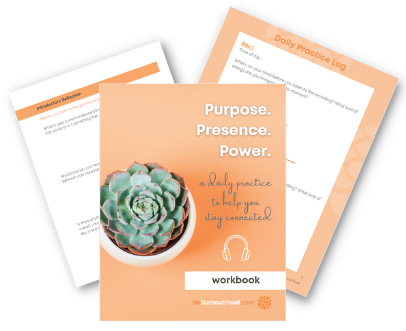3 Mental Models to Help with Decision Making at Work
2023.06.04
A mental model is a catch-all term for any concept, framework, or worldview you carry around with you.
We’ve each got a bunch of personal mental models that we operate from. Usually, they’re unconscious to us so it’s useful to surface them. That helps us to understand more about what is driving our thoughts and behaviors.
It’s also useful to be aware of the mental models that various disciplines employ and the ones that are prevalent in the organization where we work.
When it comes to mental models at work, I like to think about them as lenses to look through to get a different perspective or to help you focus in a particular way.
Leaning into that lens analogy a bit … consider eyeglasses, sunglasses, telescopes, microscopes, binoculars, night vision goggles, cameras, safety glasses, etc.
Each has a lens to look through and the results of what you’ll see vary with the type of lens used and the situation you apply it to.
Use a microscope to look at cells and you’ll be able to see them clearly. Use a microscope to look at an elephant and you’ll be missing it almost in its entirety – but you’ll still be seeing something. If you don’t know you are looking through a microscope at the elephant, you’ll make very different decisions than you would if you were looking through your regular unfiltered eyes or prescription eyeglasses.
Anyway, the mental model you look through in a given situation will impact how you see it.
An economist, botanist, and architect will each view a forest through the mental models of their various disciplines. None is right or wrong - but some may be more useful in a particular situation.
The power comes in being able to identify and understand the mental models that people are using, to add them to your own toolkit, and to create a lattice of models that you draw from as the situation warrants.
3 mental models that can help with decision-making at work.
Second and Third-Order Thinking
When considering various courses of action (projects, policies, etc.), it’s usually straightforward to lay out the immediate (aka first-order) consequences.
It takes more cognitive work to consider what might come later – the second/third-order consequences. The future is an uncertain place. Thinking through that can be a challenge. It’s important to try anyway.
I’ve got two techniques for helping people adopt the second/third-order thinking mental model.
1) Ask “and then what?”
Simple but incredibly powerful.
A warning - some people will hate it. Either to be asked it or to have to consider it.
2) Future Fives
Consider the consequences at various time periods after the outcome is reached: 5 minutes, 5 days, 5 weeks, 5 months, 5 quarters, 5 years.
If a different length of time is more applicable to your work, feel free to adjust. Future Fives has nice alliteration and gives reasonably different time frames to consider but there isn’t anything scientific about it.
Inversions
The mental model of inversions has you look at the decision from the opposite side or an outcome/endpoint instead of the beginning.
Inversions can help you identify threats or obstacles so you can plan accordingly. They are also useful in identifying blind spots.
Here are two techniques to work with inversions.
1) Worst Decision
- What is the worst decision/outcome in this situation?
- Why is it bad? Be very specific with the reasons.
- Come up with a good decision/outcome, only by looking at the reasons you identified in the worst decision.
2) Backward Chaining
This is about thinking through the problem backwards. First you really specifically define the end goal well and then work back on what it would take.
- If [end goal] were to happen, what else would have to be true?
- How do you achieve [that thing that would have to be true]?
- And if [that thing] were to happen, what else would have to be true?
- How do you achieve [that additional thing]?
- And so forth …
ICE
ICE stands for impact, confidence, and ease.
It’s a mental model that gets people focused on those three factors as the basis of comparing alternative courses of action.
Each factor is scored on a scale of 1 to 10, where 10 is the best.
For each project/alternative that you are considering, create a score out of 30 by asking:
- How much impact if we achieve outcome?
- How much confidence that we’ll succeed?
- How easy (low resource, low time) is it to try?
Projects with lower scores are dropped from consideration and you can focus on deciding between the higher score options.
If there are other factors that are routinely important in your organization’s work, you could easily come up with your own version of ICE. You can also add weights to the factors and turn it into a full-on matrix/rubric.
